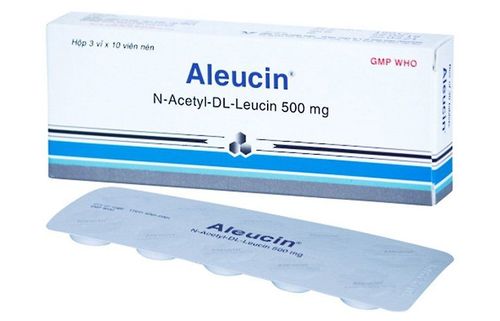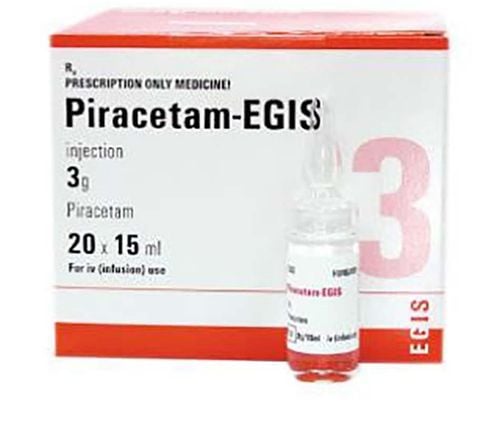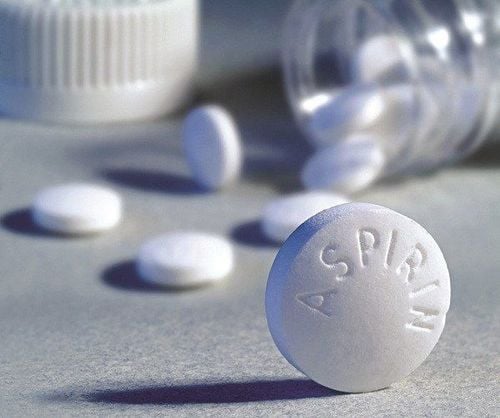This is an automatically translated article.
Cerebral circulation is the flow of blood in your brain. It is important for healthy brain function. The circulating blood supplies your brain with the oxygen and nutrients it needs to function. The blood delivers oxygen and glucose to the brain. The brain needs a lot of blood to circulate to stay healthy. When this circulation is impaired, your brain can be damaged.The brain is a special organ in the body. Brain activity is highly dependent on blood flow to the brain. A complete cessation of cerebral circulation within 5-10 seconds can lead to hypoxia-induced unconsciousness and a cessation of cerebral metabolism. Nerve cells in the brain produce energy (ATP) almost entirely by oxidizing organic compounds including glucose.
The ability to produce energy in anaerobic conditions (hypoxia) of brain cells is very limited, so when there is lack of oxygen, brain processes will stop and lead to damage if the blood supply supply to the brain does not return to its normal state.
Factors affecting cerebral blood flow can be divided into 2 main groups:
Factors affecting cerebral perfusion pressure. Factors affecting the inner radius of cerebral blood vessels. The relationship between these two factors is shown by the Hagen Poiseuille equation which describes the flow of a homogeneous liquid of a certain viscosity through a cylindrical tube of constant circular cross-section. Although blood does not fully meet the requirements of this formula, in general, if the capillary system is considered as cylindrical tubes with constant circular cross-section, the formula for calculating cerebral blood flow is based on: Hagen Poiseuille equation can be accepted.
Hagen Poiseuille equation has the form:
Cerebral blood flow=〖∆P π R〗^4/(8 n l)
Where:
∆P: Cerebral perfusion pressure
R: Radius of vessel lumen
n: Viscosity of liquid (blood)
l: Length of tube (capillary)
π: The constant pi has a value of 3.14.
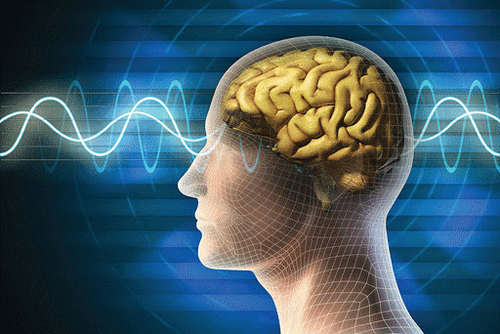
Tuần hoàn não rất quan trọng đối với chức năng não
The adult brain weighs about 1400g or about 2% of the body weight, so the blood flow to the whole brain is 750-900ml/min which is equivalent to about 15% of the cardiac output. This reflects a high level of oxygen consumption by the brain with about 20% of the total oxygen consumption of the body.
The cerebral perfusion capacity depends on the blood pressure, the gradient between the arteries and veins and is called the cerebral perfusion pressure. Cerebral perfusion pressure is the difference between mean arterial pressure and mean venous pressure. Mean venous pressure is often difficult to measure, so one can consider them close to intracranial pressure to facilitate calculation, then:
Cerebral perfusion pressure = Mean arterial pressure – Pressure Intracranial
Mean arterial pressure is calculated as diastolic blood pressure + 1/3 pulse pressure (difference between systolic and diastolic blood pressure) and is usually in the range of 90 mmHg. Meanwhile, intracranial pressure is much lower and is usually around 13 mmHg.
Cerebral perfusion pressure is usually in the range of 80 mm Hg and is clearly influenced by whatever causes mean arterial pressure and intracranial pressure to change. Blood loss will lead to a drop in blood pressure, which reduces mean arterial pressure, thereby reducing cerebral perfusion pressure, leading to impaired consciousness. Meanwhile, the situation of intracranial hematoma causes increased intracranial pressure and also reduces cerebral perfusion pressure.
If both blood loss and intracranial hematoma occur at the same time, the cerebral perfusion pressure will drop so deeply that the brain cells are not supplied with enough oxygen and nutrients.
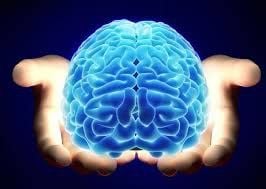
Lưu lượng máu đến não còn liên quan đến các hoạt động chuyển hóa
CO2 combines with water to form weak acid H2CO3. H2CO3 partially dissociates to form H+ ions, causing cerebral vasodilation. The higher the concentration of H+ ions, the more severe the vasodilation. Any cause of increased acidity in the brain can cause the concentration of H+ ions to increase thereby increasing cerebral blood flow. Several types of acids in the brain, including lactic acid, pyruvic acid, and other acids are formed during metabolism. Reducing brain tissue PO2 increases cerebral blood flow by causing local vasodilation. Normal brain tissue PO2 ranges from 35-40 mmHg. When this concentration is reduced to 30 mmHg, there will be an increase in cerebral blood flow. This is a self-protective mechanism of the brain because if the PO2 level falls below 20mmHg, brain activity will be affected. When studying cerebral blood flow, it is found that blood flow in different parts of the brain changes very rapidly, within seconds, with neuronal activity. The clenched fist immediately increases blood flow in the motor cortex of the contralateral hemisphere. Reading increases cerebral blood flow in the occipital region and in the language comprehension area of the temporal cortex. Blood flow to the brain is self-regulating. Cerebral blood flow is almost constant when mean arterial pressure ranges from 60 to 140 mmHg. When arterial pressure falls below 60 mmHg, blood flow is severely reduced. When the pressure is higher than 140mmHg, cerebral blood flow increases rapidly. If the cerebral blood vessels increase too much, it will lead to cerebral edema, even rupture and cause cerebral hemorrhage.
Role of the sympathetic nervous system in cerebral blood flow regulation. The cerebral circulatory system has a dense sympathetic nervous system. Sympathetic stimulation causes very strong cerebral vasoconstriction. During exercise or other conditions that increase cerebral circulation, the large and medium arteries constrict, preventing blood from reaching the small blood vessels. This mechanism is important for the prevention of cerebral hemorrhage. However, in this case the sympathetic system is only stimulated and cerebral blood flow is maintained relatively constant by autoregulatory mechanisms.
Brain microcirculation . The density of capillaries in the gray matter is almost four times higher than in the white matter. Therefore, cerebral blood flow to gray matter is 4 times higher than to white matter. Cerebral capillaries are less likely to leak fluid than capillaries in other areas. Cerebral capillaries are surrounded by glial cell pins, preventing excessive capillary tension in the event of hypertension.
Cerebrovascular accident occurs when the capillaries of the brain are blocked or ruptured. Most cerebrovascular accidents are caused by hardening of one or more blood vessels in the brain. Plaque can activate the clotting mechanism, leading to the formation of blood clots, clogged arteries, and loss of function in areas of the brain that are not perfused. In about one-quarter of stroke patients, the rupture of a blood vessel is due to increased blood pressure. Cerebral hemorrhage causes the brain to be compressed, leading to anemia and local edema.

Hậu quả thần kinh của tai biến mạch máu não tùy thuộc vào vùng não bị ảnh hưởng
Cerebral blood flow is a decisive factor for the functioning of the brain. Not only the brain, blood is the source of oxygen and nutrients for all tissues and organs in the body. With cerebral ischemia, neurons can be damaged or even die, causing serious consequences. However, too much blood flow can also increase pressure on the walls of brain capillaries, putting them at risk of rupture, causing cerebral hemorrhage and increasing intracranial pressure. Therefore, it is most important to maintain normal cerebral blood flow in the range of 50-70ml/100g brain tissue/min.
To proactively protect your health, you should have regular health check-ups to detect health problems early and have reasonable interventions. Currently, Vinmec International General Hospital has general health checkup packages suitable for each age, gender and individual needs of customers with a reasonable price policy, including:
Health checkup package general Vip Standard general health checkup package Patient's examination results will be returned to your home. After receiving the results of the general health examination, if you detect diseases that require intensive examination and treatment, you can use services from other specialties at the Hospital with quality treatment and services. outstanding customer service.
Please dial HOTLINE for more information or register for an appointment HERE. Download MyVinmec app to make appointments faster and to manage your bookings easily.
Reference sources: wfsahq.org, ccforum.biomedcentral.com




